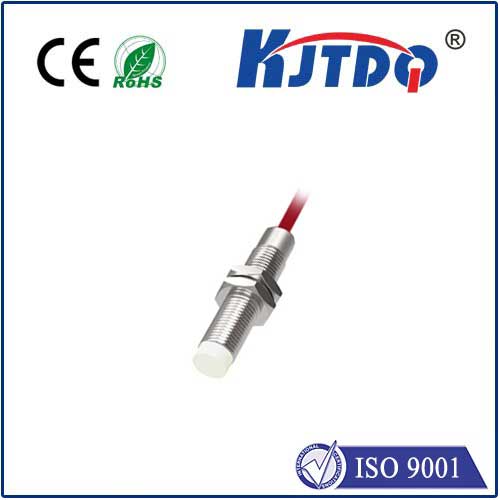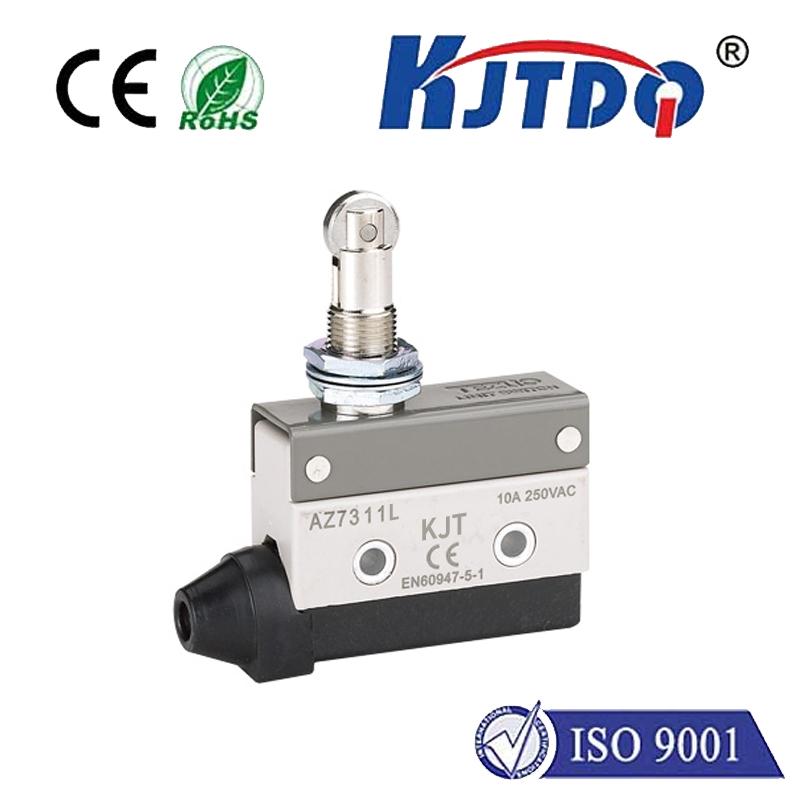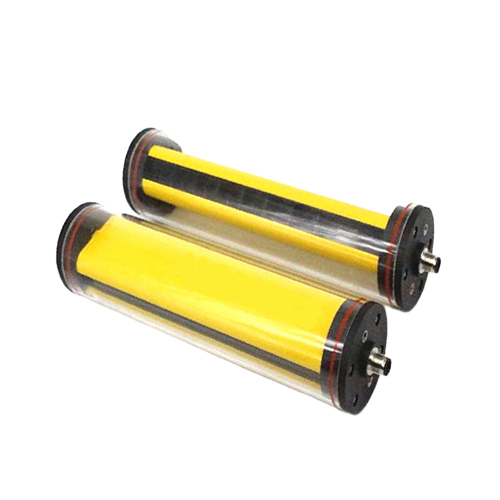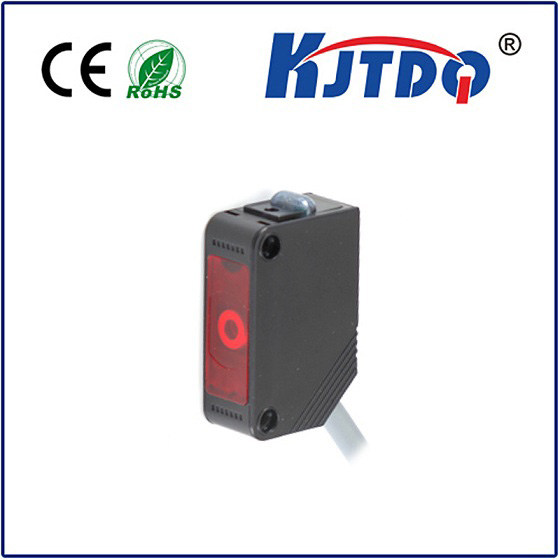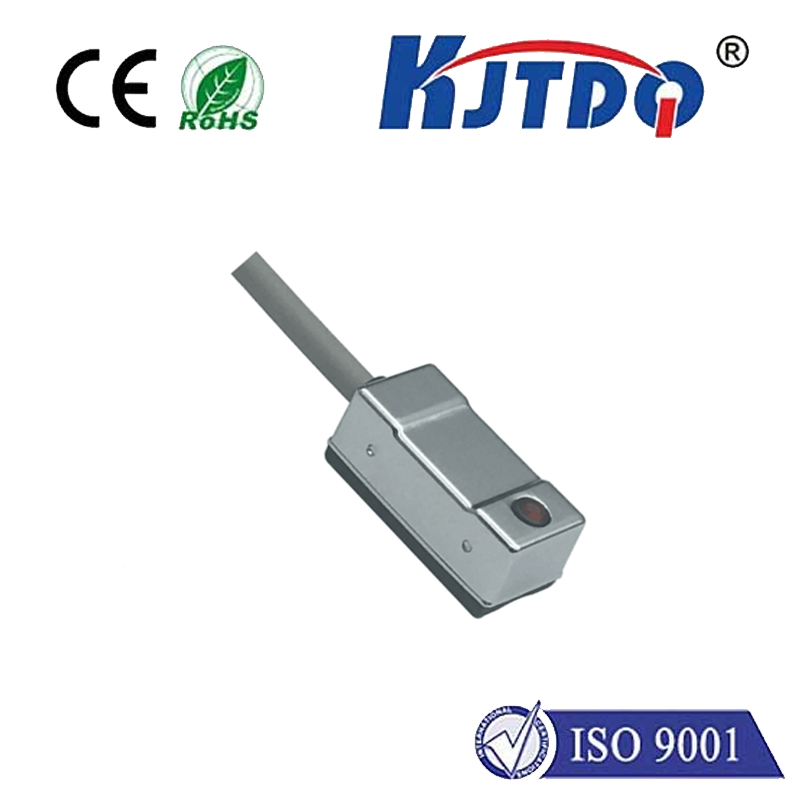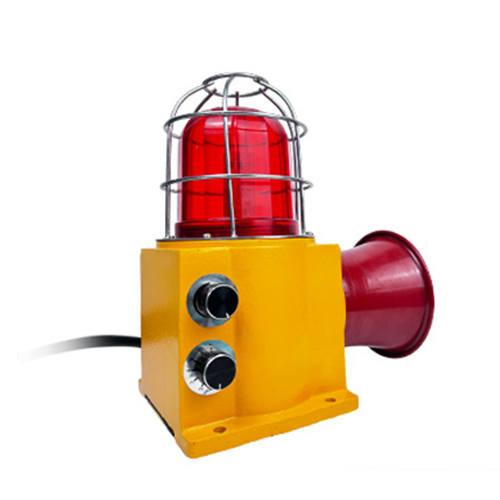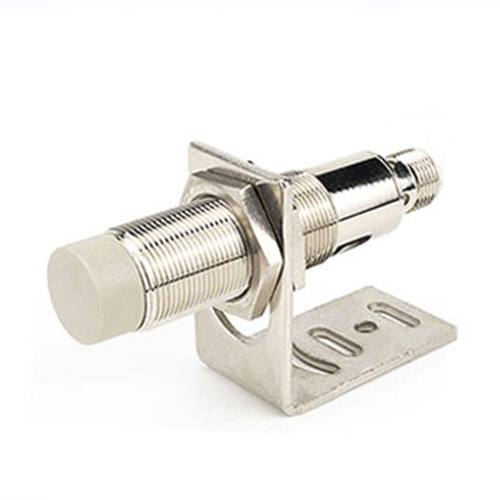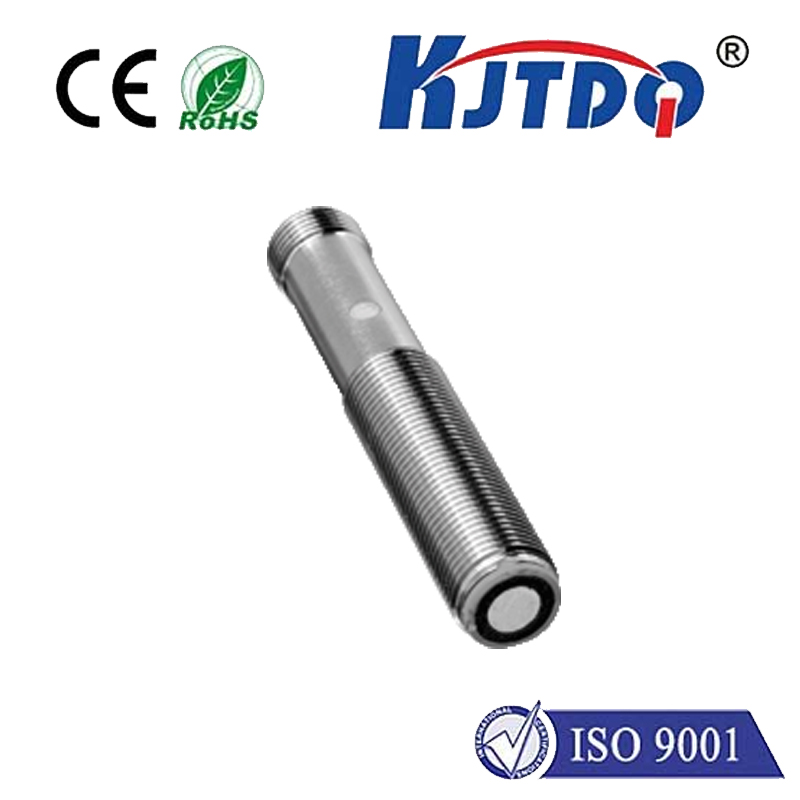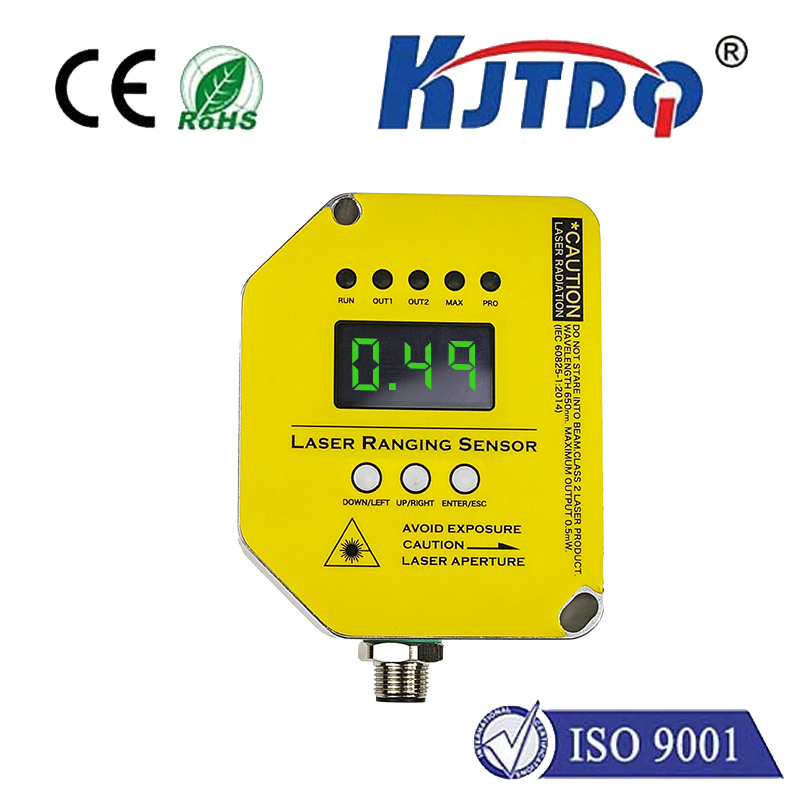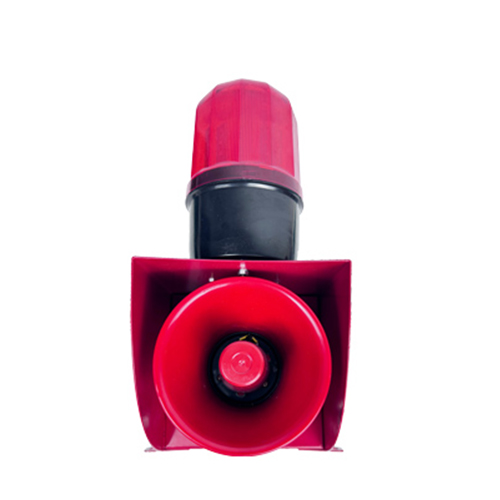

check

check

check

check

An ultrasonic proximity sensor is a device that uses sound waves to detect the presence and distance of an object. The range of these sensors can vary depending on their design, frequency, and application. In this article, we will explore the different aspects of ultrasonic proximity sensor range. Understanding Ultrasonic Proximity Sensor Range The range of an ultrasonic proximity sensor refers to the maximum distance from which it can detect an object. This distance is typically measured in centimeters or inches. The range of a particular sensor will depend on factors such as its frequency, power, and the material of the object being detected. Factors Affecting Ultrasonic Proximity Sensor Range Several factors can affect the range of an ultrasonic proximity sensor. One of the most important factors is the frequency of the sound wave used by the sensor. Higher frequencies have shorter wavelengths and are better at detecting small objects, while lower frequencies have longer wavelengths and can detect larger objects over greater distances. Another factor that affects range is the power of the sensor. More powerful sensors can transmit sound waves further and therefore have a greater range. However, they may also be more expensive and consume more energy. Finally, the material of the object being detected can also affect the range of the sensor. Some materials absorb sound waves better than others, which can reduce the effective range of the sensor. Applications of Ultrasonic Proximity Sensor Range Ultrasonic proximity sensors are used in a wide range of applications, from industrial automation to automotive systems. In industrial settings, they are commonly used to measure the level of liquids or solids in tanks or silos, as well as to detect the presence of objects on conveyor belts or in packaging machines. In automotive systems, ultrasonic proximity sensors are used for parking assistance, collision detection, and lane departure warnings. They are also used in robotics and drones for navigation and obstacle avoidance. Conclusion In conclusion, the range of an ultrasonic proximity sensor is determined by several factors, including its frequency, power, and the material of the object being detected. These sensors have a wide range of applications in various industries and can provide accurate and reliable distance measurements when used correctly.
